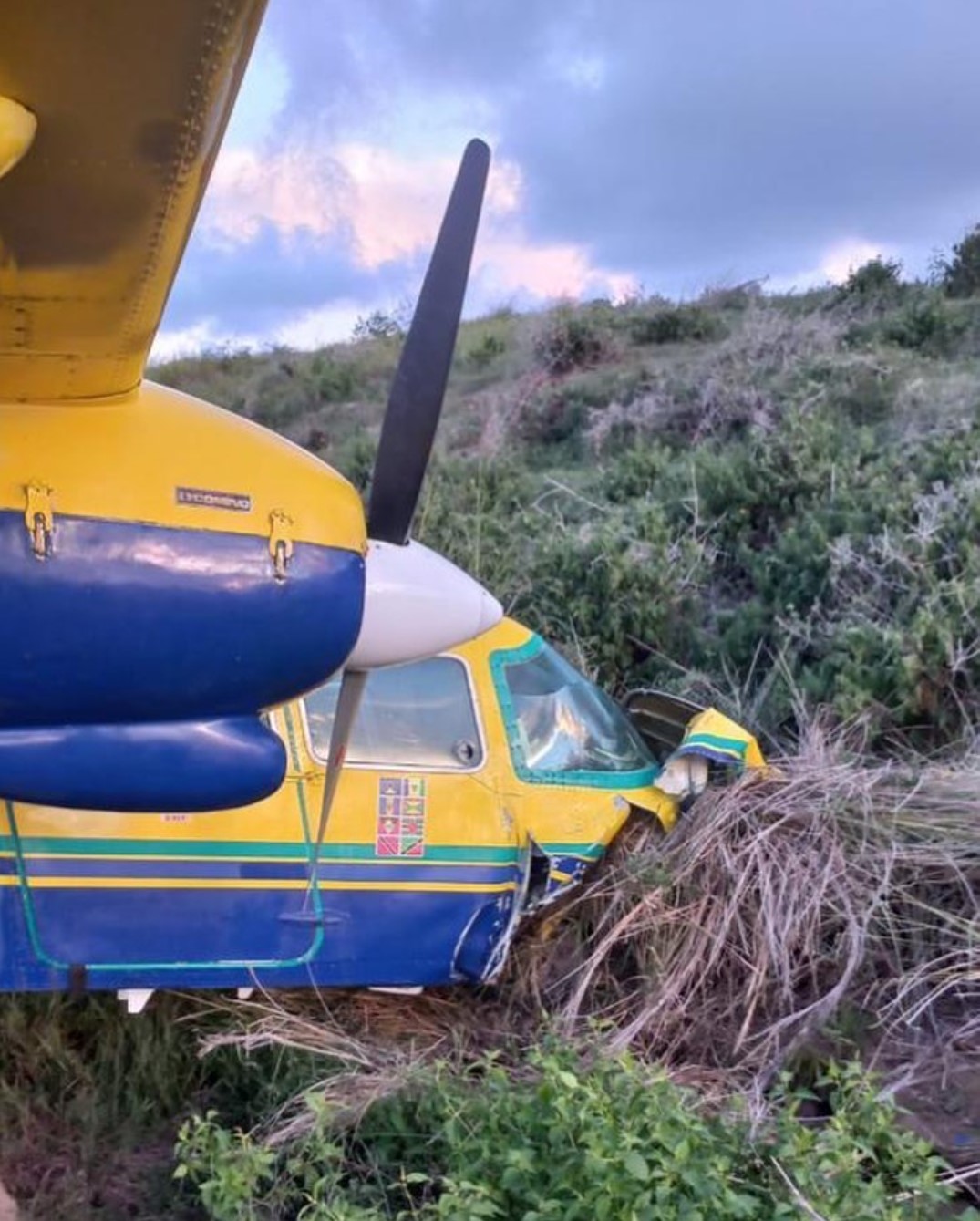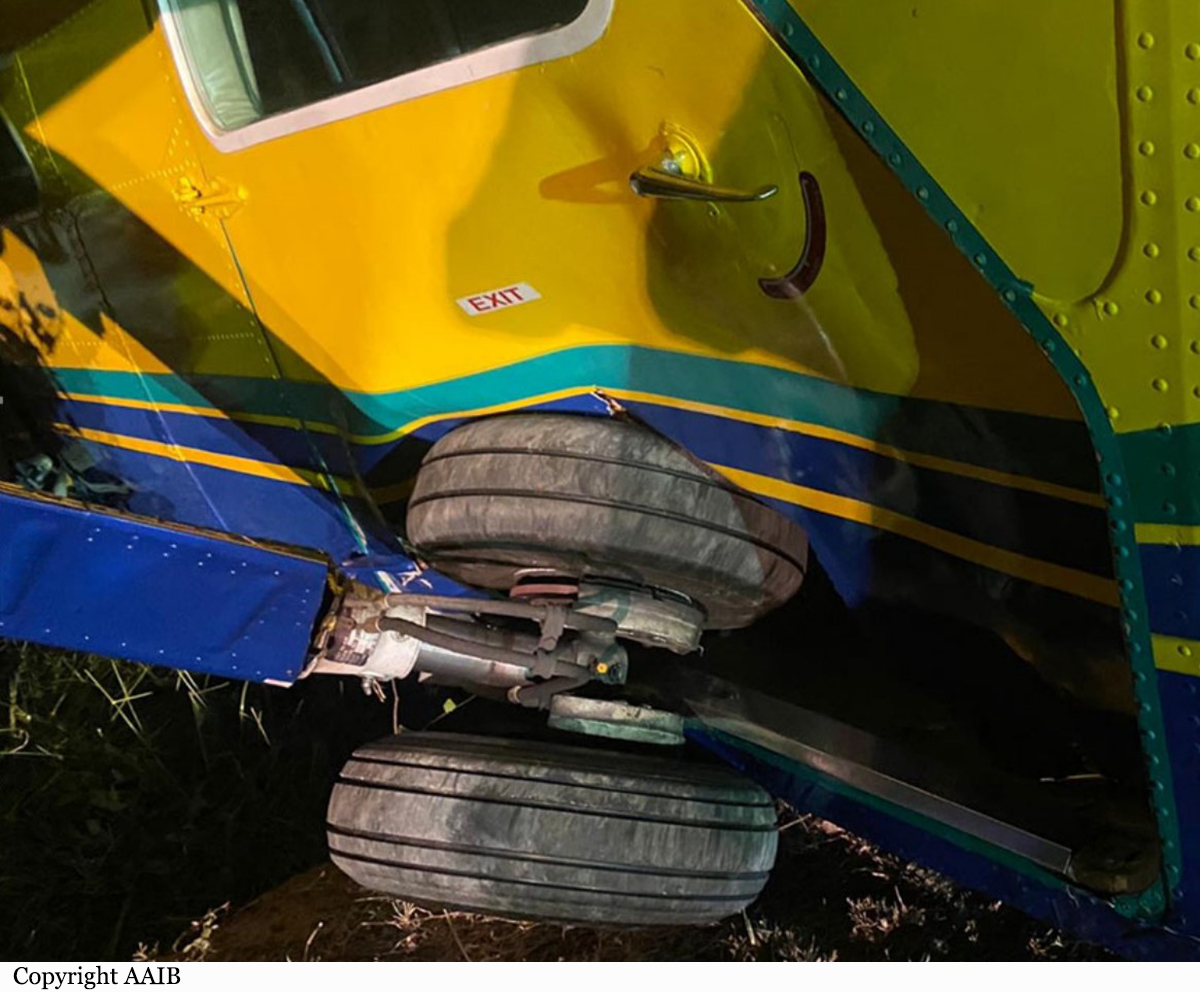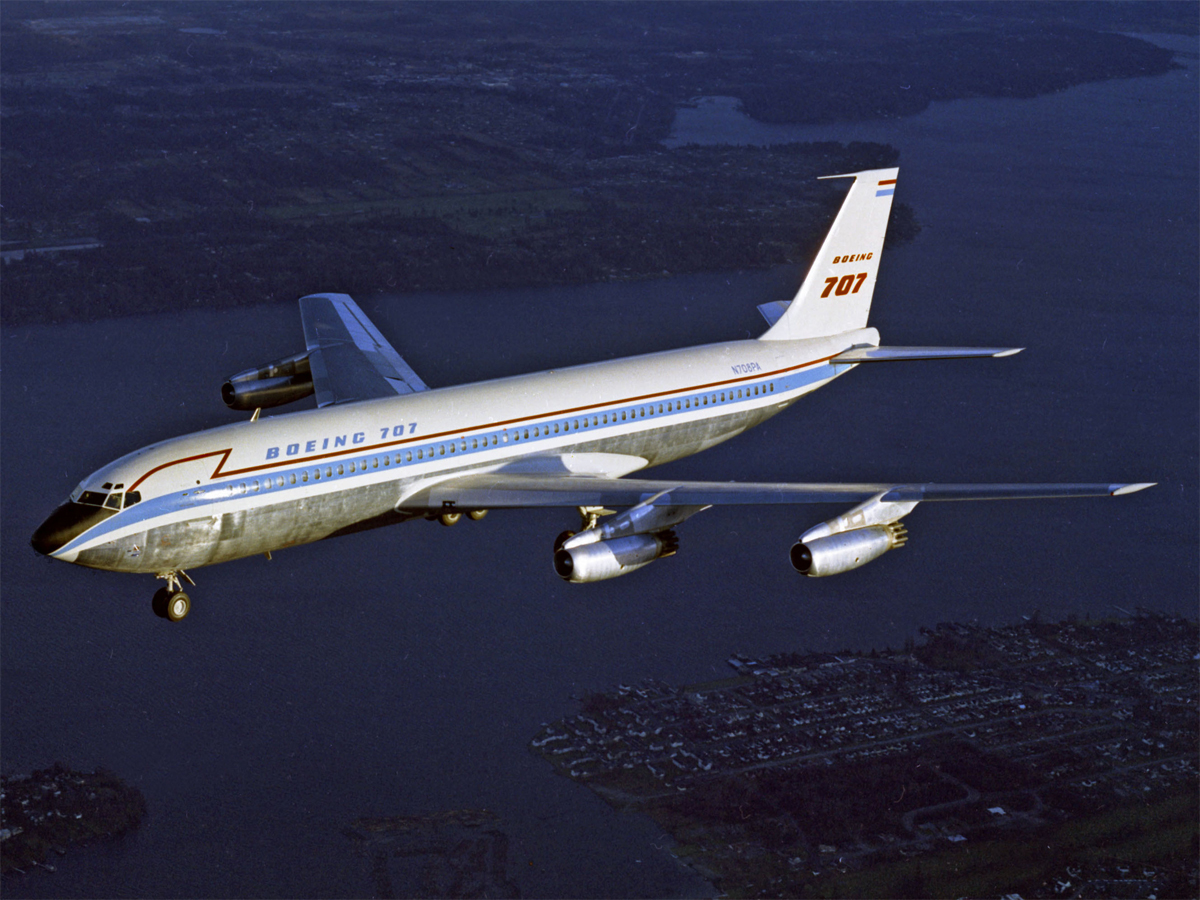Crash of a Britten Norman BN-2B-26 Islander in Montserrat
Date & Time:
Sep 29, 2021 at 1733 LT
Registration:
J8-VBI
Survivors:
Yes
Schedule:
Saint John’s – Montserrat
MSN:
2025
YOM:
1981
Flight number:
SVD207
Crew on board:
1
Crew fatalities:
Pax on board:
6
Pax fatalities:
Other fatalities:
Total fatalities:
0
Captain / Total hours on type:
712.00
Circumstances:
After an uneventful return flight to Barbuda, the aircraft departed Antigua at 2114 hrs (1714 hrs local) for John A Osborne Airport, Montserrat, with the pilot and six passengers on board. The aircraft cruised at 2,000 ft enroute and the pilot recalled there were good visual meteorological conditions throughout the 19 minute flight. On arriving at Montserrat there were no other aircraft operating in the vicinity of the airport and the pilot positioned the aircraft visually on a downwind leg for Runway 10. The pilot reported he commenced the approach, flying an approach speed of 65 kt, reducing to 60 kt as the aircraft touched down. The runway surface was dry and the pilot described the landing as “smooth”. After the main landing gear touched down, but prior to the nosewheel contacting the runway, the pilot applied the brakes. He reported that the left brake felt “spongy” and did not seem to act, but that the right brake felt normal. The pilot was unable to maintain directional control of the aircraft which veered to the right two seconds after touchdown, departing the runway a further three seconds later. The aircraft continued across the adjacent grassed area before impacting an embankment close to the runway. After the aircraft had come to a stop, the pilot shut down the engines using the normal shut down procedure. The left main gear had collapsed and rendered the left cabin exit unusable. The pilot evacuated through the flight deck door which was on the left of the aircraft. The six passengers were able to evacuate through the right cabin exit. The airport fire service then arrived at the aircraft, less than one minute after the accident.
Probable cause:
On landing at John A. Osborne Airport, Montserrat, the pilot was unable to maintain directional control of the aircraft, later reporting the left brake felt “spongy”. The aircraft veered off the right side of the runway and came to rest in an adjacent drainage ditch. An inspection of the aircraft’s braking system revealed a slight brake fluid leak from one of the pistons in the left outboard brake calliper. This would have prevented full brake pressure being achieved on the left brakes, resulting in an asymmetric braking effect. Difficulty in maintaining directional control was compounded by the use of an incorrect braking technique on landing. The investigation identified shortcomings with the operator’s manuals, procedures and regulatory oversight.
Final Report:




